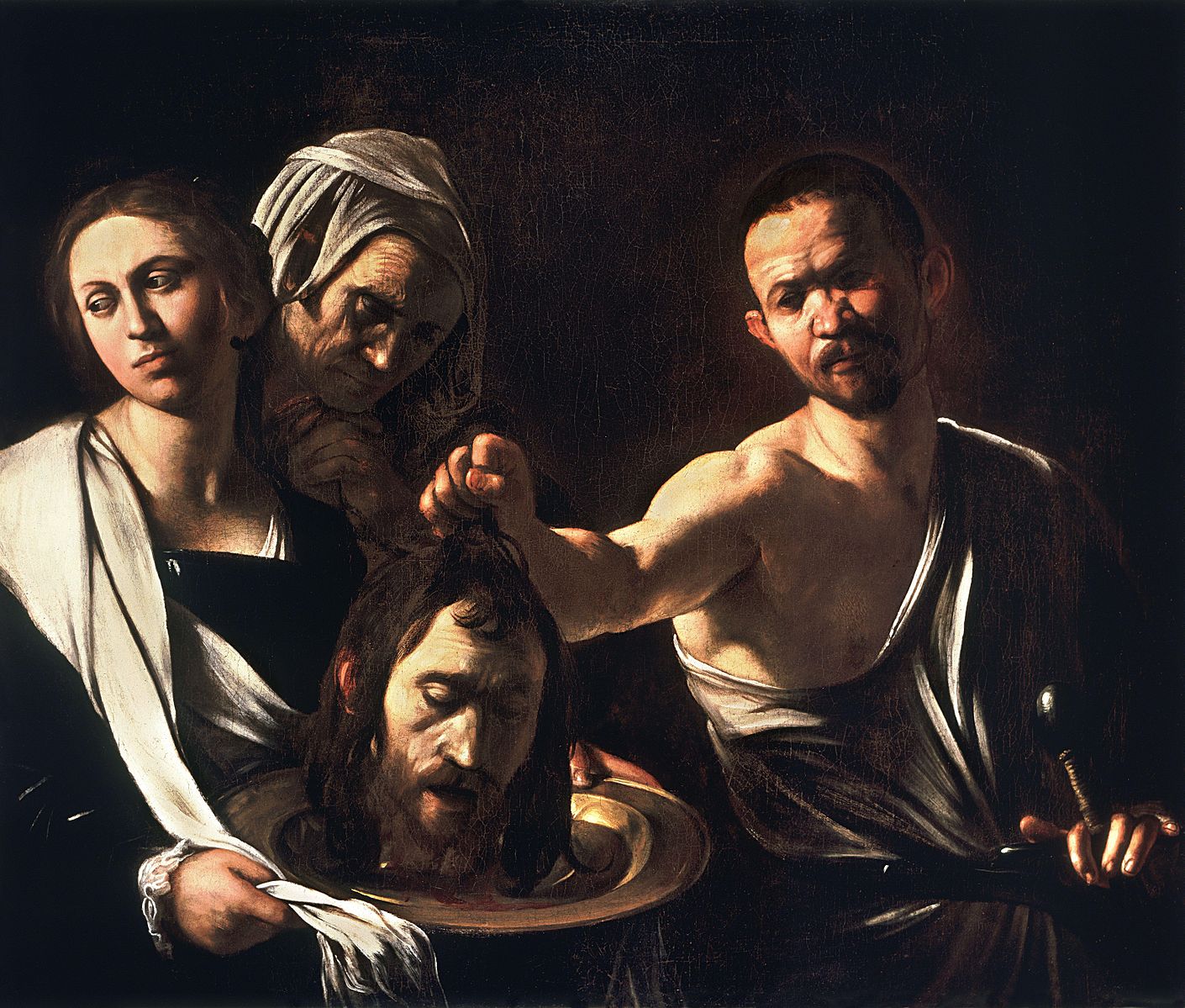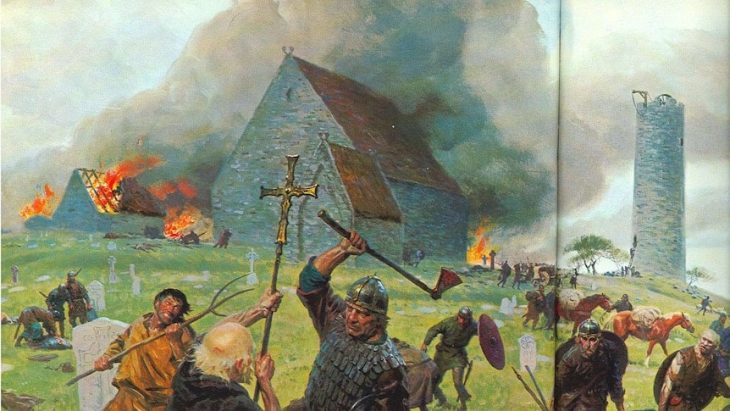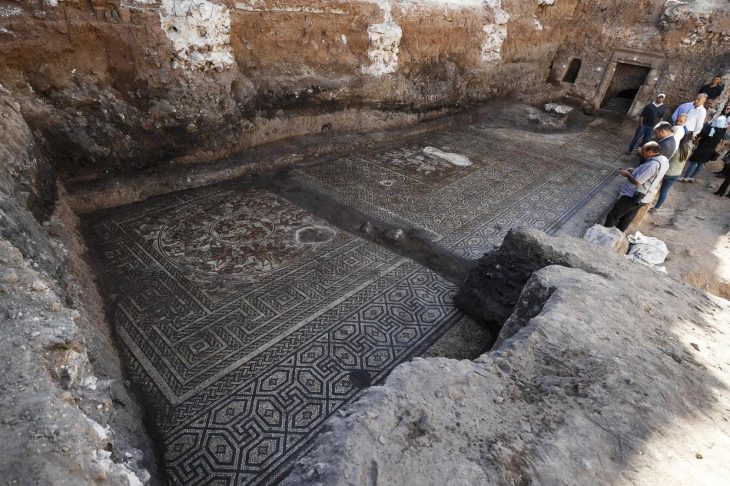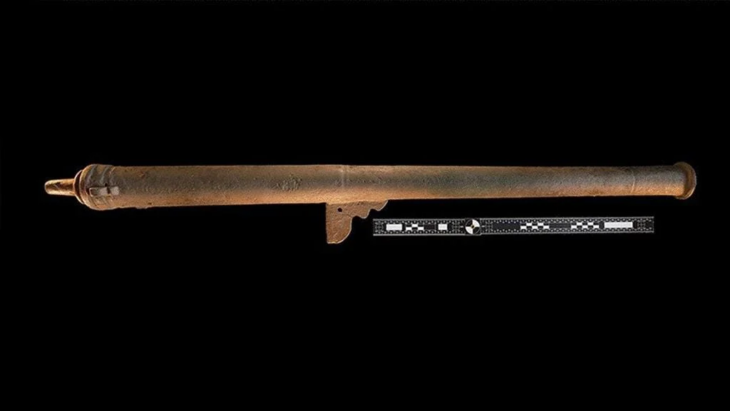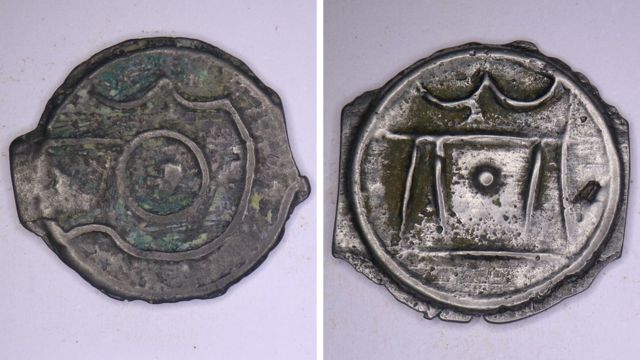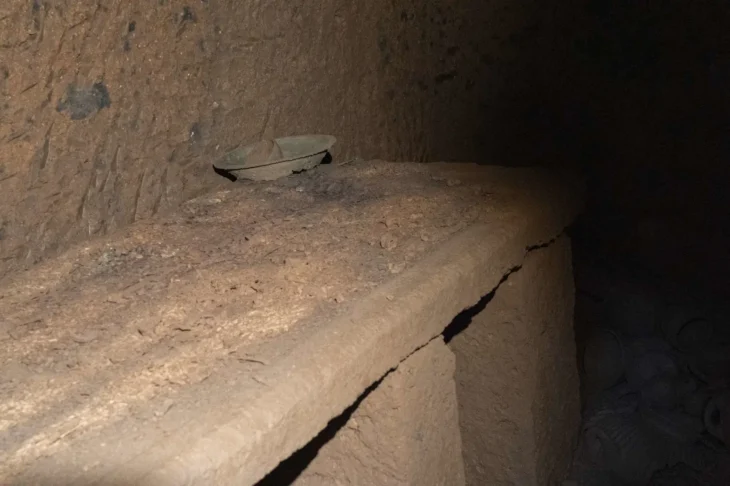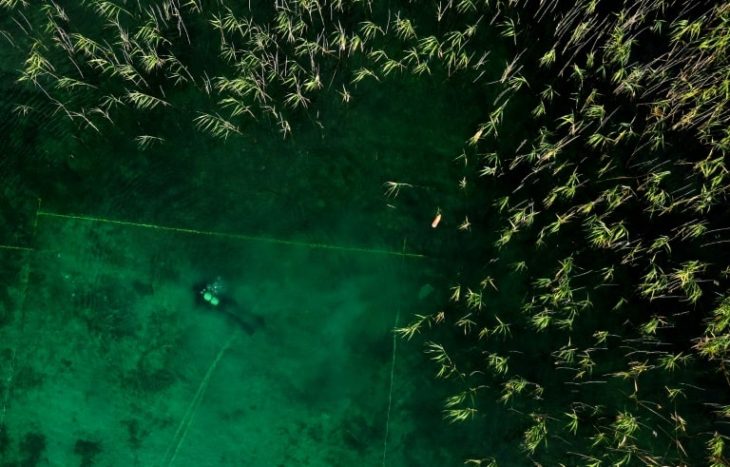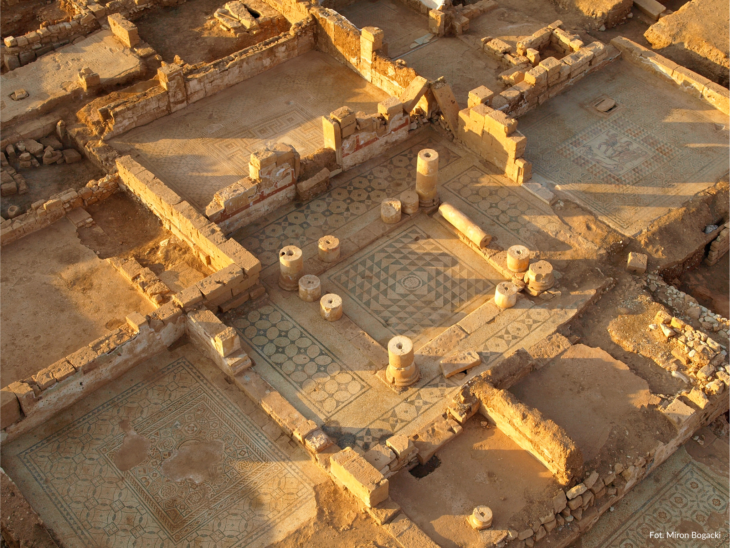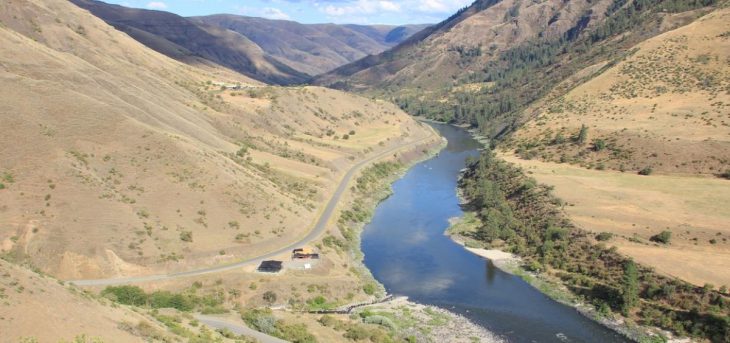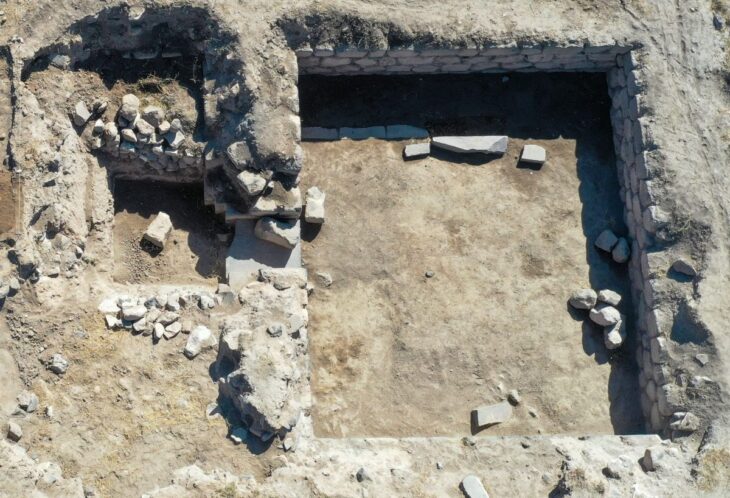A recently reexamined Second Temple-period burial cave in southern Israel—long revered as the resting place of a Christian saint—may actually have been the final resting place of Princess Salome, sister of King Herod the Great, according to groundbreaking archaeological research.
Located in the Judean Foothills near the village of Eliav, the site known as the Cave of Salome has undergone centuries of religious transformation, evolving from a Herodian royal tomb into a Christian pilgrimage site and later an Islamic sacred space. New excavations by the Israel Antiquities Authority (IAA) reveal that the grandeur of the site points to an elite origin, shedding light on both Jewish burial customs and the shifting sacred identities of the Holy Land across time.
Recent excavations conducted between 2022 and 2023 by the Israel Antiquities Authority (IAA) have revealed an elaborate funerary complex unlike any previously uncovered in the region.
In a paper published in the 2025 volume of ‘Atiqot, researchers Nir-Shimshon Paran and Vladik Lifshits argue that the Christian association with “Salome”—a name linked to female followers of Jesus—may have been a reinterpretation of a deeper memory: Salome, the influential sister of King Herod the Great.
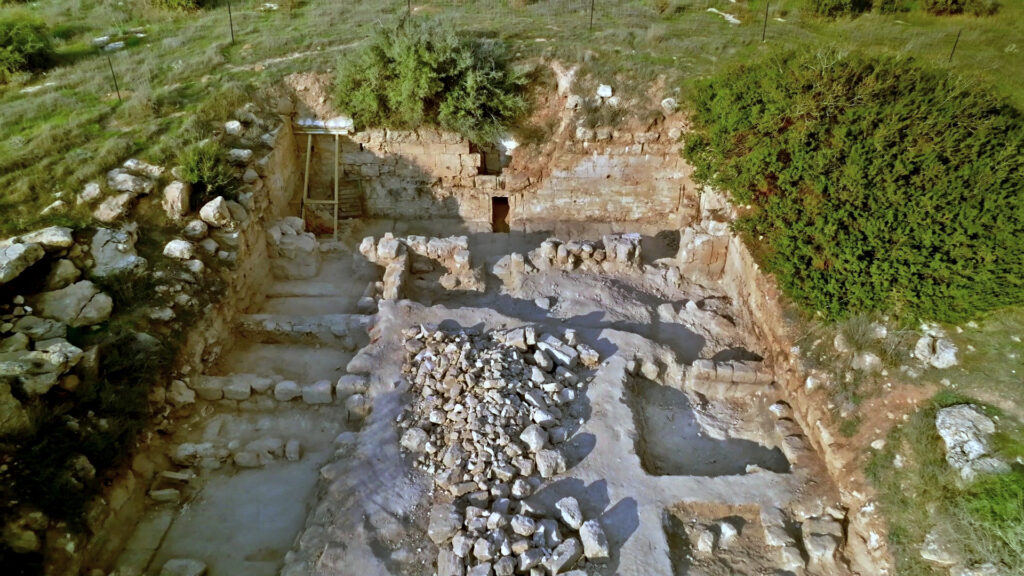
The recently excavated forecourt of the Cave of Salome. Credit: Emil Aladjem, IAA
A Grand Herodian Burial Site Hidden in Plain Sight
The burial complex includes a 225-square-meter courtyard, multiple burial niches, ritual installations, and impressive ashlar masonry—architectural features that far exceed the scale of ordinary family tombs from the same period.
📣 Our WhatsApp channel is now LIVE! Stay up-to-date with the latest news and updates, just click here to follow us on WhatsApp and never miss a thing!!
“The site is one of the largest and most refined burial estates ever found from the Herodian era in Israel,” said Paran. “Its structure, scale, and decoration clearly point to elite patrons—likely royalty.”
Constructed between the 1st century BCE and 1st century CE, the tomb appears to have fallen into disuse before experiencing a religious transformation during the Byzantine period, when early Christians reinterpreted the site as the grave of Saint Salome.
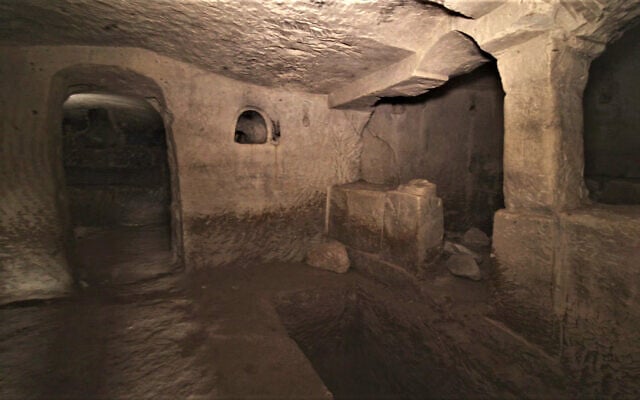
Christian and Islamic Veneration Across Centuries
Beginning in the 6th century CE, the Cave of Salome became a major Christian pilgrimage site, attracting thousands of believers. Excavations have revealed numerous Greek, Syriac, and Arabic inscriptions, many referencing “Saint Salome.” The cave also yielded oil lamps with intricate decorations, icons, and cross-shaped graffiti—evidence of long-term religious use.
“In the Byzantine period, believers actively identified and sanctified sites tied to biblical figures,” Paran explained. “It’s likely that Salome’s name—common in both Jewish and Christian traditions—became a bridge between memory and myth.”
Over time, the cave also gained significance in Islamic tradition, with pilgrims leaving Arabic inscriptions and votive objects in its chambers. Arabic inscriptions and continued visitation suggest that the site was integrated into Islamic tradition, possibly as the shrine of a righteous woman or saint.
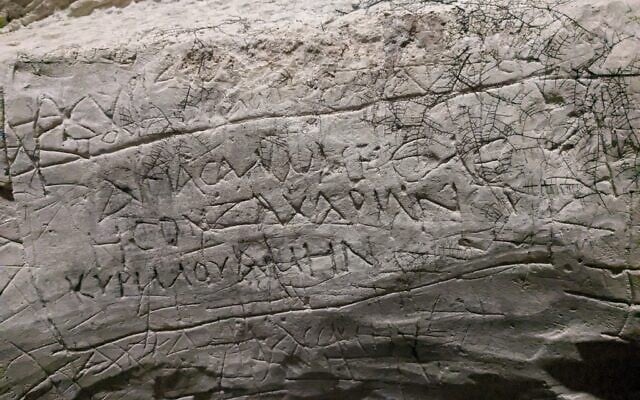
Link to Herodian Elite: Salome the Sister, Not the Saint
While Christian tradition has long associated the site with a follower of Jesus or his midwife, Paran and Lifshits suggest that the true figure behind the name could be Salome, Herod’s sister, a politically powerful woman who ruled several cities willed to her by Herod himself.
“She lived in Ashkelon and owned land stretching toward Jericho,” Paran noted. “This cave lies exactly along the route between these regions, and the scale of the burial complex suggests it belonged to someone of extraordinary rank.”
The discovery of two Roman villas—one just a kilometer away, the other roughly five kilometers from the tomb—supports the theory that this area hosted a network of wealthy Herodian estates.
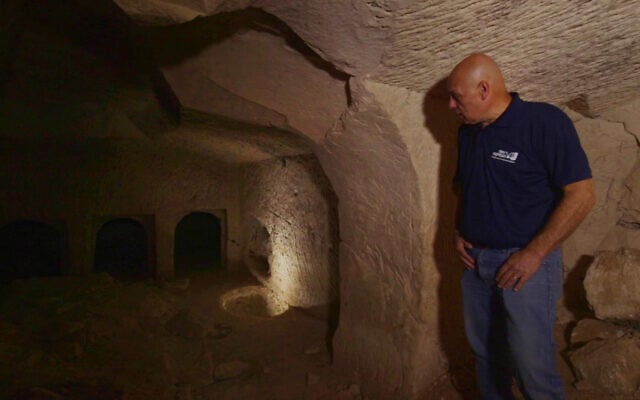
Pilgrimage Continues Amid Mystery
Though the original ossuary or inscription identifying Salome has not been found—likely due to ancient looting—archaeologists believe the name may have once appeared inside the cave, helping to sustain the Christian reinterpretation of the site.
Today, modern Christian pilgrims occasionally visit the site, leaving behind candles and religious tokens in its niches. The Cave of Salome was briefly opened to the public in 2022, but it remains closed as conservation efforts continue.
Despite the uncertainties, the site offers rare insight into how Herodian royal burial traditions transitioned into Byzantine Christian sanctity and Islamic reverence—all layered into one cave.
“This is more than just a tomb,” Paran said. “It’s a living example of how sacred memory can be reshaped across cultures, religions, and centuries.”
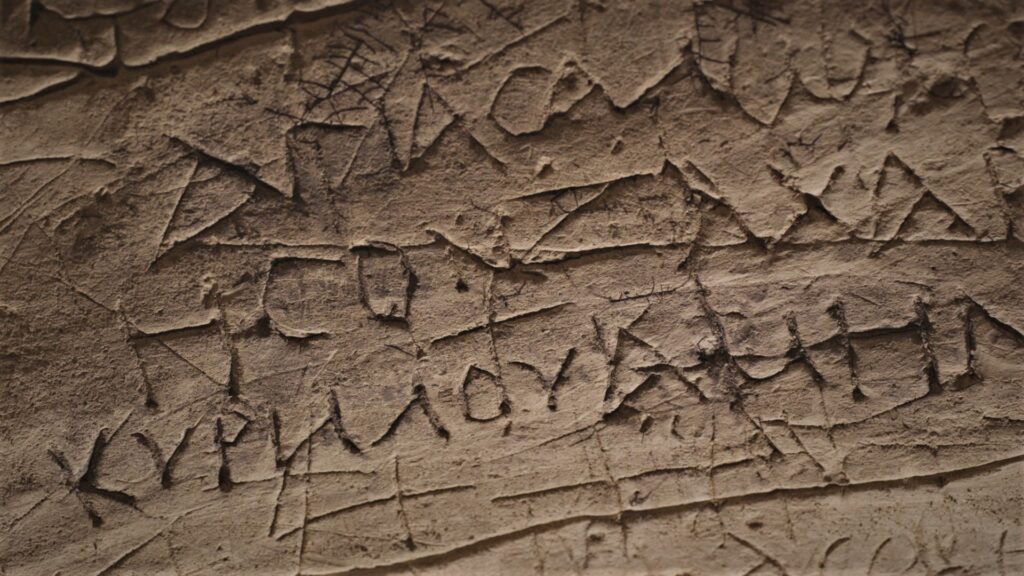
Preserving and Sharing a Unique Heritage
The Israel Antiquities Authority plans to continue conservation efforts and make portions of the site accessible to the public. Interpretive signage, 3D modeling, and guided tours may be part of future educational initiatives.
Scholars hope the Cave of Salome will not only shed light on elite Jewish burial culture in the Herodian era but also become a case study in how sacred spaces evolve across religious and cultural boundaries.
Paran, N.-S., & Lifshits, V. (2025). The Cave of Salome: A Second Temple Period Royal Burial Estate in the Shephelah of Judah. ‘Atiqot, 110, 1–44. Israel Antiquities Authority.
Cover Image Credit: Salome with the Head of John the Baptist-Caravaggio. Wikimedia Commons

